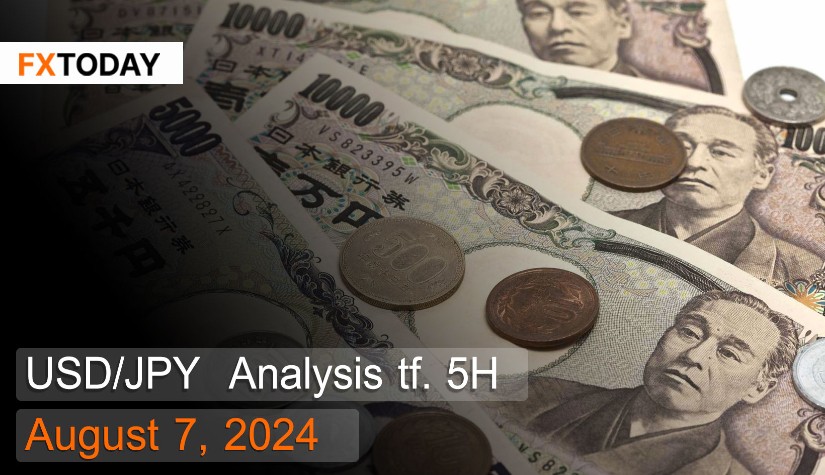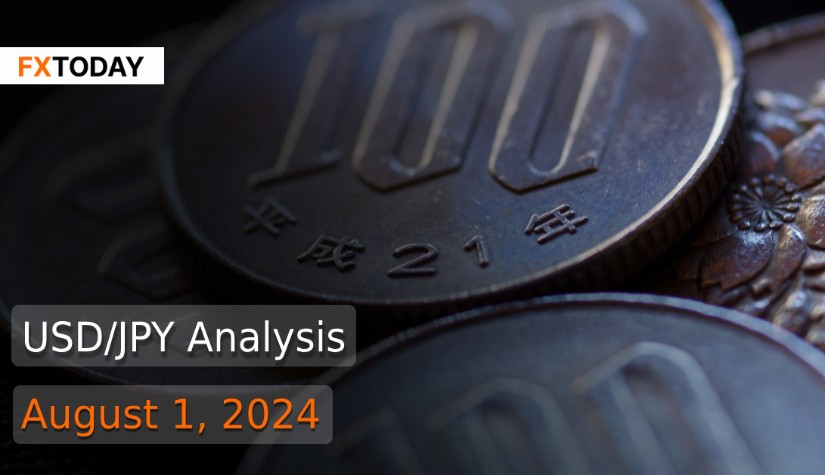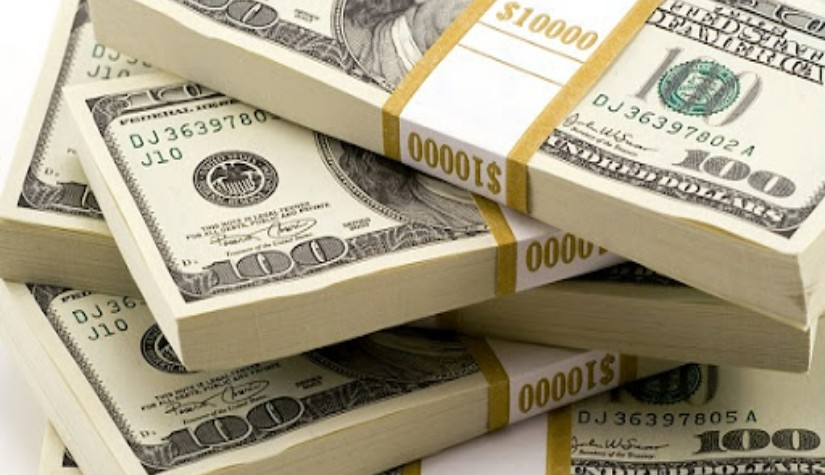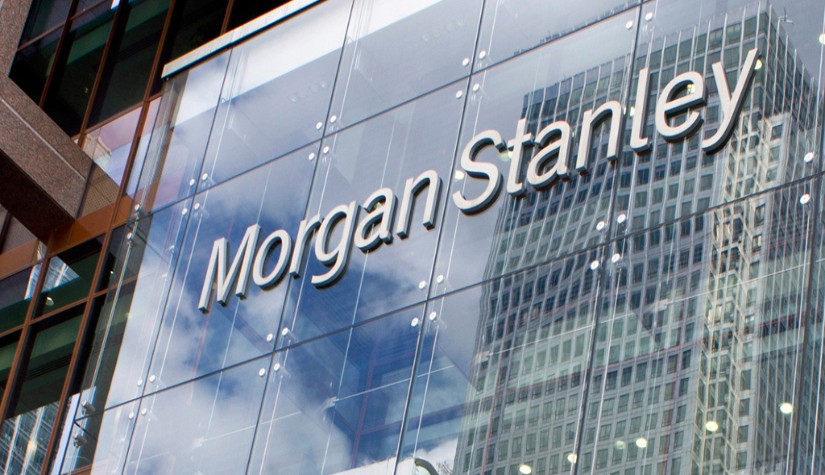The Bank of Japan (BoJ) raised interest rates for the first time in years.
The Japanese yen weakened slightly after a rapid appreciation in the past month, as investors anticipated a rate hike from the BoJ. Meanwhile, BoJ Deputy Governor Shinichi Uchida stated that the BoJ would not raise rates unless economic conditions became clearer. However, the market expects another rate hike due to rising local wages, which could drive inflation higher.
The BoJ's tightening of monetary policy has led to the end of yen carry trades, fueled by growing fears of a U.S. recession and disappointing Q2 earnings in the technology sector, prompting a global sell-off of risk assets.
In its latest meeting, the BoJ raised interest rates to 0.25%. Additionally, the central bank announced it would reduce monthly bond purchases to 3 trillion yen by March 2026 to allow for a stricter monetary policy, starting in August.
The BoJ forecasts that core inflation for 2024 will fall to around 2.5%, lower than the April forecast. Inflation is expected to decrease to about 2% in 2025. In terms of GDP, policymakers have revised the growth forecast for 2024 down to 0.6% from 0.8%.
Japan's unemployment rate in June was 2.5%, better than the market forecast of 2.6%. The number of unemployed fell by 60,000 to 1.76 million, the lowest level in five months, while employment increased by 250,000, the largest gain on record, reaching 67.86 million. However, the job-to-applicant ratio slightly decreased to 1.23 in June, indicating continued pressure on labor costs, leading companies to cut hiring.
Household spending in Japan contracted by 1.4% year-on-year in June, following a 1.8% decline in the previous month. This marks the fifth contraction this year. Household spending slowed in many sectors, mainly due to a more than 23.6% drop in housing expenditure. Meanwhile, food spending increased for the first time in three months by 1.5%, and spending on furniture and household appliances surged by 23.7%.
Techical analysis data (5H)
Resistance: 147.85, 148.52, 149.4
Source: Investing.com
Buy/Long 1: If the price touches support in the price range of 145.42 - 146.3 but cannot break the support at 146.3, you may set a TP at approximately 148.52 and SL at around 144.75 or according to your acceptable risk.
Buy/Long 2: If the price breaks the resistance in the price range of 147.85 - 148.52, you may set a TP at approximately 149.4 and SL at around 145.42 or according to your acceptable risk.
Sell/Short 1: If the price touches resistance in the price range of 147.85 - 148.52 but cannot break the resistance at 147.85, you may set a TP at approximately 145.42 and SL at around 149.4 or according to your acceptable risk.
Sell/Short 2: If the price breaks the support in the price range of 145.42 - 146.3, you may set a TP at approximately 144.75 and SL at around 148.52 or according to your acceptable risk.
Pivot point August 7, 2024 08:28 PM. GMT+7
|
Name
|
S3
|
S2
|
S1
|
Pivot Points
|
R1
|
R2
|
R3
|
| Classic | 144.75 | 145.42 | 146.3 | 146.97 | 147.85 | 148.52 | 149.4 |
| Fibonacci | 145.42 | 146.01 | 146.38 | 146.97 | 147.56 | 147.93 | 148.52 |
| Camarilla | 146.76 | 146.9 | 147.04 | 146.97 | 147.33 | 147.47 | 147.61 |
| Woodie's | 144.85 | 145.47 | 146.4 | 147.02 | 147.95 | 148.57 | 149.5 |
| DeMark's | - | - | 146.64 | 147.14 | 148.19 | - | - |
















